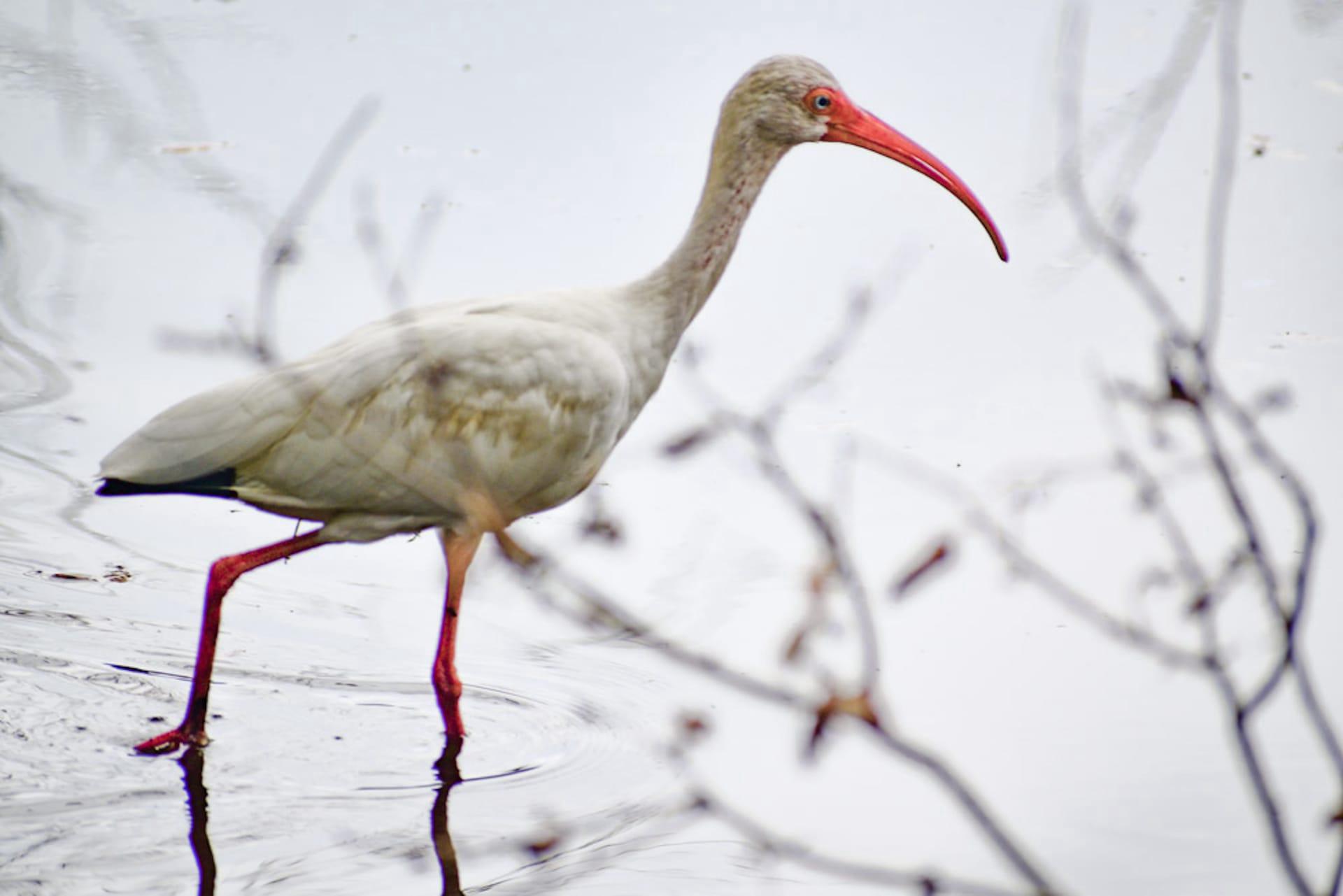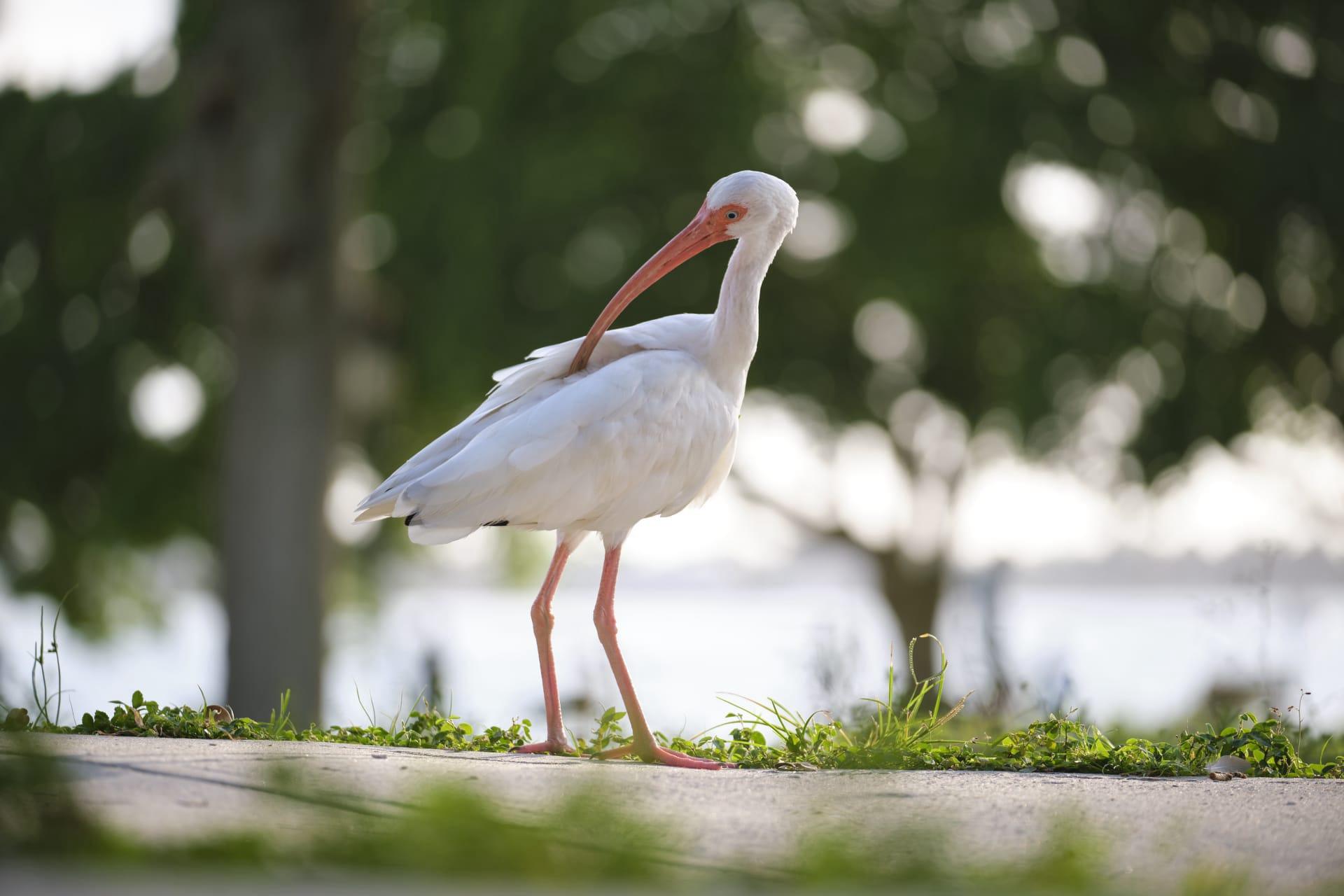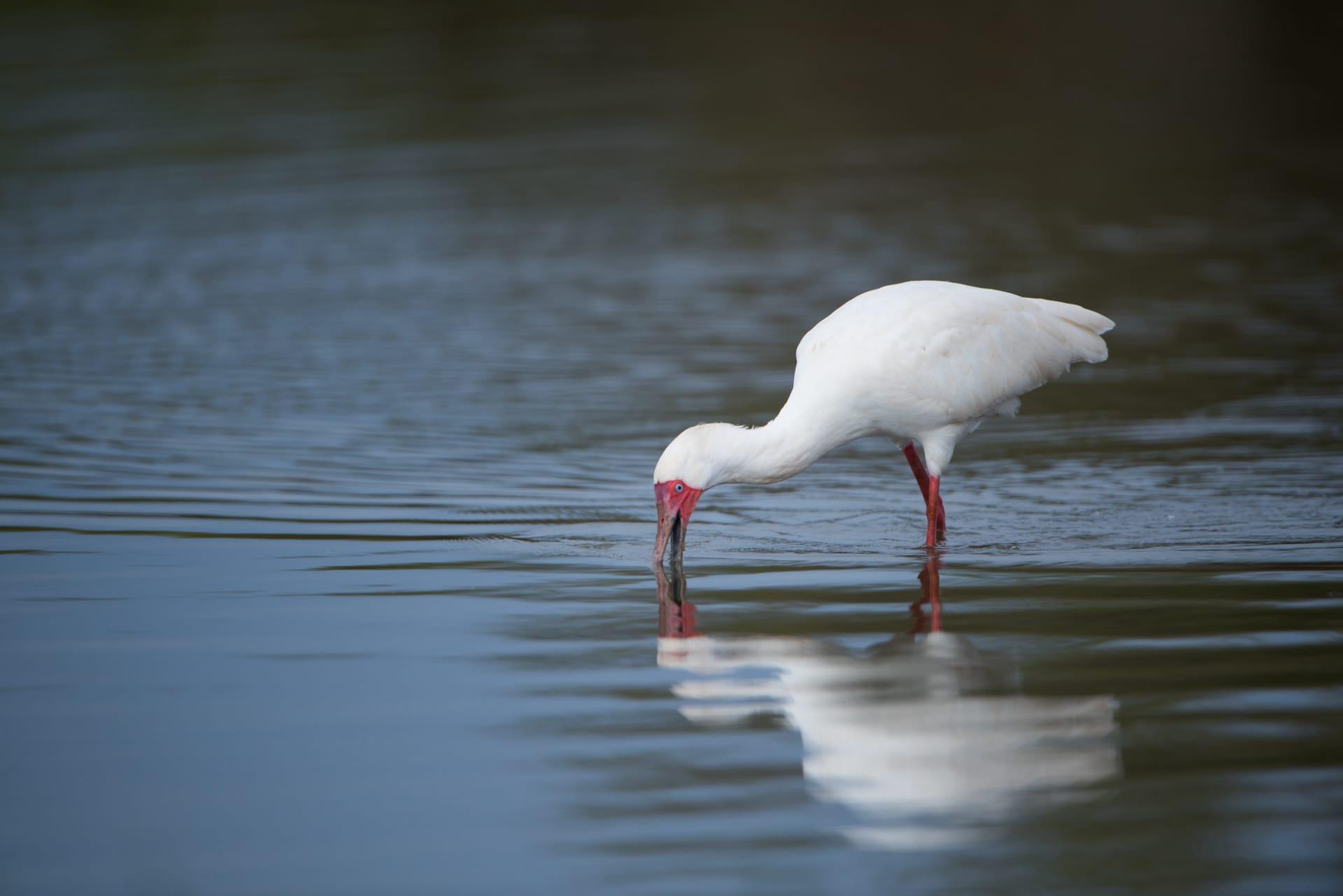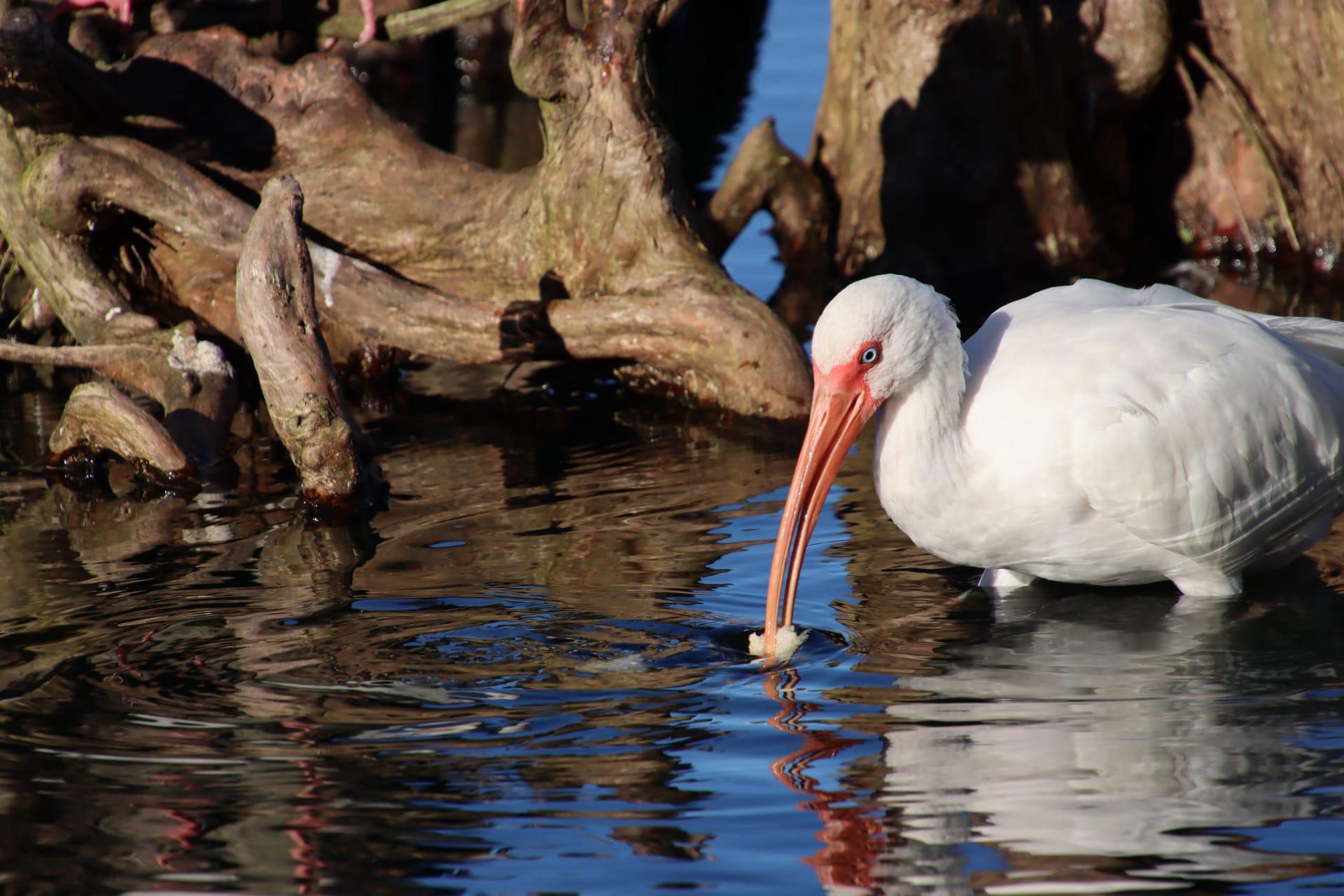Ibis Characteristics
- Home /
- Mini Encyclopedia /
- Animal /
- Ibis Characteristics
1
Welcome to the fascinating world of the Ibis! These striking birds are known for their unique physical features and behaviors. One of the first things you'll notice about an Ibis is its size and shape. Typically, these birds measure between 18 to 27 inches in length, sporting a wingspan of around 37 to 41 inches. They're not particularly heavy, weighing in at just about 1 to 2 pounds. As for their lifespan, Ibises in the wild can live up to 20 years, a testament to their resilience in diverse environments.
But let's talk about the most distinctive part of an Ibis – its beak. This long, down-curved bill is not just for show; it plays a crucial role in the bird's survival. The beak, which can be as long as 6.7 inches, is perfectly designed for foraging. Ibises use it to probe into soft mud or under plants to find food, mostly consisting of small aquatic creatures like fish, insects, and crustaceans. This specialized beak allows them to reach food that other birds can't, making it a key tool for their survival.

2
Question: "What do Ibises eat and how do they find their food?"
Answer: Ibises have a pretty interesting diet, mainly feasting on small aquatic animals like crabs, fish, and insects. What's fascinating is how they find this food. These birds use their uniquely shaped beak to probe into muddy waters or under vegetation. They have highly sensitive receptors at the tips of their beaks which help them detect prey. Once they sense something edible, they quickly snap it up. It's a bit like they have a built-in metal detector, but for food!

3
When it comes to movement, Ibises are quite versatile. These birds are known for their graceful flight, aided by their long wings. They can often be seen flying in a 'V' formation, which is both a beautiful sight and a smart energy-saving strategy. On land, Ibises walk with a measured, stately stride, scanning the ground for food.
In terms of feeding, Ibises exhibit some unique behaviors. They're often seen foraging in groups in shallow waters, their heads bobbing up and down as they probe the mud with their beaks. This group feeding not only helps them find food more efficiently but also provides safety in numbers. The way they synchronize their movements is almost like a coordinated dance, a testament to their social nature and communication skills.

4
Ibises thrive in a variety of habitats, ranging from wetlands and coastal regions to forests and fields. They prefer environments near water, where their food sources are abundant. These adaptable birds can be found on every continent except Antarctica, showcasing their ability to thrive in diverse conditions.
When it comes to reproduction, Ibises are quite interesting. They are monogamous, typically forming long-term pair bonds. Nest building is a joint effort, with both male and female contributing. They build their nests in trees or bushes, often in large colonies. An Ibis nest usually contains 2 to 4 eggs, and both parents take turns incubating them. Once hatched, the chicks are cared for by both parents until they're ready to fledge.

5
Book: "The Secret Life of the Ibis" by Jonathan Green. Published in 1998 in the United States, this book delves into the intricate world of Ibises. Green, a renowned ornithologist, spent years studying these birds, and his book is a fascinating collection of insights and observations. Covering topics from their social behaviors to their migration patterns, it's a must-read for anyone interested in these remarkable birds.
Book: "Wings of the Ibis: Ecology and Conservation" by Emily Patterson, released in 2005 in Australia. Patterson explores the environmental challenges faced by Ibises and the efforts made to conserve them. The book combines scientific research with engaging narratives, offering a comprehensive look at the ecological importance of these birds and the threats they face in the modern world.